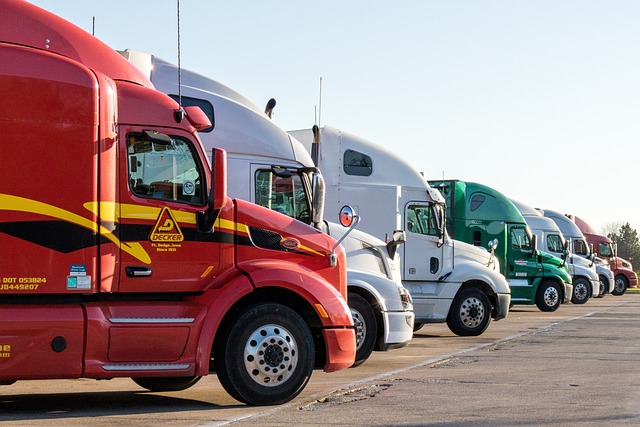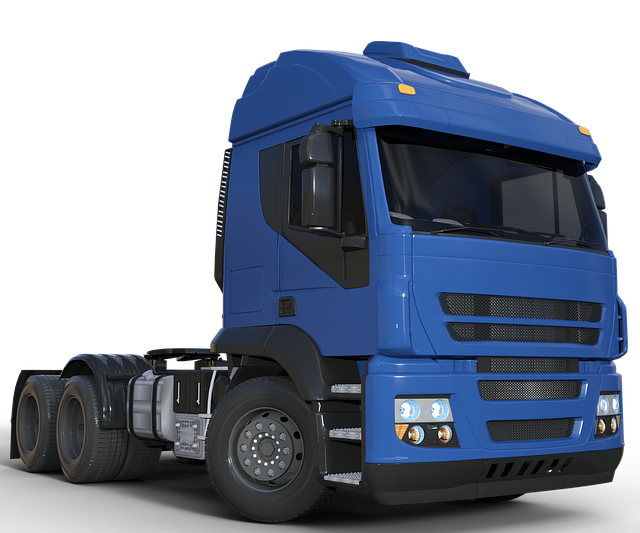Physical damage coverage for fleet trucks is a vital risk management strategy for businesses, with insurers offering comprehensive and collision options. Fleet managers should closely evaluate policies, aligning them with vehicle types, usage patterns, and locations to ensure optimal protection. By collaborating with insurers, who use data and analytics to assess risks, businesses can tailor policies, enhancing risk management, reducing downtime, and optimizing costs. Open communication, standardized processes, and advanced technologies facilitate these partnerships, leading to cost savings, improved safety, and innovative coverage solutions.
Insurers play a pivotal role in ensuring comprehensive risk management for fleet truck operations, particularly through optimizing physical damage coverage. This article delves into the intricacies of understanding physical damage coverage for fleet trucks and explores how strategic collaborations between insurers and fleet managers can drive significant benefits. By examining The Role of Insurers, implementing effective collaboration strategies, and highlighting real-world examples, we uncover the transformative power of partnerships in enhancing operational resilience and financial security.
Understanding Physical Damage Coverage for Fleet Trucks

Physical damage coverage for fleet trucks is a vital component in protecting businesses from financial losses resulting from accidents or other unforeseen events. This type of insurance is designed to cover the cost of repairing or replacing damaged vehicles, up to a certain limit, ensuring that fleet operators can keep their vehicles on the road and minimize downtime. By understanding this coverage, businesses can make informed decisions when choosing their insurance policies.
Insurers offer various levels and types of physical damage coverage, including comprehensive and collision coverage. Comprehensive coverage protects against non-collision damages like vandalism, theft, or natural disasters, while collision coverage is specific to accidents involving other vehicles or objects. Fleet managers should carefully review policy details to ensure they are adequate for their operations, considering factors such as vehicle type, usage patterns, and geographic location. Collaboration with insurers allows businesses to tailor their policies, optimizing coverage for fleet trucks and promoting efficient risk management strategies.
The Role of Insurers in Optimizing Coverage

Insurers play a pivotal role in optimizing physical damage coverage for fleet trucks, which is essential for businesses operating large vehicle fleets. By collaborating closely with insurers, fleet managers can tailor insurance policies to align precisely with their specific risks and needs. Insurers have access to vast data and advanced analytics that enable them to assess risk factors such as driver behavior, vehicle maintenance records, and geographic locations where the trucks operate. This data-driven approach allows insurers to offer customized coverage options that address the unique challenges associated with physical damage for fleet trucks.
Through this partnership, insurers can help fleet managers enhance their risk management strategies. They can provide insights into potential vulnerabilities and suggest measures to mitigate risks, such as implementing safety protocols, conducting regular vehicle inspections, and offering training programs for drivers. By leveraging the expertise of insurers, fleet owners can optimize their insurance plans, ensuring they have comprehensive physical damage coverage while managing costs effectively.
Strategies to Foster Effective Collaboration

To foster effective collaboration with insurers, businesses focusing on physical damage coverage for fleet trucks should employ several key strategies. Firstly, open and transparent communication is essential. Regular meetings and clear dialogue ensure both parties understand each other’s needs, goals, and constraints. This builds trust and aligns expectations, facilitating smoother interactions and faster resolution of issues related to truck damage claims.
Secondly, standardization of processes and documentation can significantly enhance collaboration. Creating uniform procedures for reporting, documenting, and assessing physical damage on fleet trucks streamlines the claim management process. Shared digital platforms or databases that store this information ensure quick access, reducing delays and errors in processing claims, ultimately optimizing coverage for all involved.
Real-World Examples and Benefits of Partnership

In recent years, several real-world examples have highlighted the immense benefits of fostering collaboration between insurers and businesses with large fleets, such as trucking companies. By partnering, these entities have successfully optimized physical damage coverage for fleet trucks. One notable instance involves a leading trucking company that implemented an advanced telematics system in its vehicles. This technology provided real-time data on driver behavior, vehicle performance, and location, enabling the insurer to offer tailored insurance plans with reduced risks. As a result, both the company and its insurers saw significant cost savings due to decreased claims and improved safety measures.
These partnerships have not only led to better risk management but also enhanced customer satisfaction. Insurers can now offer more comprehensive coverage options for physical damage, including protection against accidents, natural disasters, and vandalism. For fleet truck owners, this means peace of mind knowing that their assets are secure. Moreover, collaborative efforts often result in innovative solutions, such as incentives for safe driving practices and regular vehicle maintenance, further reducing the likelihood of physical damage claims.
By fostering collaboration with insurers, fleet managers can optimize physical damage coverage for their trucks, leading to reduced costs and improved operational efficiency. Understanding tailored insurance solutions and implementing strategic partnerships are key to navigating the complex landscape of physical damage coverage. Through effective communication and shared goals, these collaborations revolutionize how risks are managed, ultimately benefiting both insurers and fleet operators in today’s competitive market.
